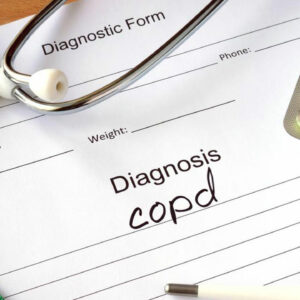
01
Popular Vertigo Treatment Options You Should Know
In brief, vertigo means that you feel the outside environment is in a spin. “Almost as if you are dizzy,” that is how vertigo sufferers define the feeling. The disease is attributed to issues in the inner ear or even the brain. These could include infections, inflammations, tumors, sclerosis, or trauma. Other causes might also include a migraine, neck injuries, diabetic complications, as well as restricted flow of blood to the brain base. In advanced cases, the same can be attributed to Meniere’s disease. The most common feeling involved in vertigo is to feel disoriented, but this could be accompanied by sweating, vomiting, nausea, and abnormal movements of the eye. Related symptoms attributed to vertigo include: – Sensation of ringing in the ear – Eyesight issues – Speech issues – Lower consciousness level – Issues with walking The diagnosis of vertigo is made with the aid of physical examinations, detailed scans, and a thorough analysis of all medical history. Now when it comes to vertigo treatment, there are a bunch of options. These include medicines, home remedies, as well as therapy maneuvers. Prognosis for vertigo is much dependant on what the cause for the same is. All self-limiting instances of vertigo can be controlled using all the methods involved. The differentiating factor of vertigo and dizziness is that the former comes with a sort of illusory movement. In case the patient feels movement, the type of vertigo is subjective vertigo, while in case he/she feels that everything else around is also moving, it is called objective vertigo. Vertigo is symptomatic of some other issues but is not itself contagious in any way. The most commonly prevalent form of vertigo is benign paroxysmal positional vertigo or BPPV. In this, vertigo lasts for few seconds to minutes. It could come about as a result of head movement of sudden nature or even directional movement of the head.
Read More 










